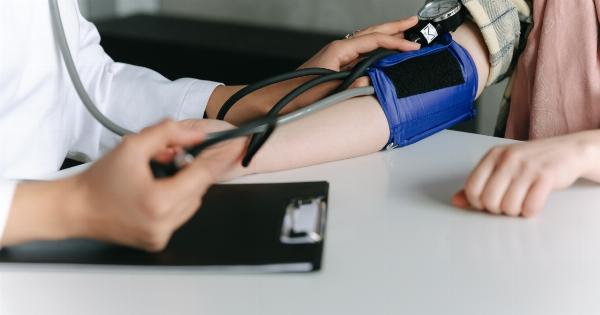Do you ever notice your ears turning red at certain times? It might appear as though they are blushing uncontrollably, but what causes this phenomenon? In this article, we will delve into the various reasons behind why your ears might turn red, examining both physiological and environmental factors. Understanding the underlying causes can help shed light on this peculiar occurrence and potentially provide solutions for those who experience it frequently.
Exploring the Physiology of Red Ears
Your ears consist of a complex network of blood vessels and capillaries. One of the primary factors involved in ear redness is blood flow regulation, controlled by an intricate interplay between your brain, nervous system, and blood vessels.
When your body senses a need for increased blood flow to the ears, particularly in response to certain stimuli or situations, it triggers vasodilation.
Arousal, Emotions, and Red Ears
A strong emotional response, such as embarrassment, excitement, anger, or any intense feeling, can trigger vasodilation in the ears. This process is often referred to as “blushing” and is a result of increased blood flow to the area.
When emotions run high, your brain sends signals to the blood vessels in your ears to dilate, causing them to appear red.
The Role of Temperature
Another reason for red ears is changes in temperature. When you feel hot, your body regulates its temperature by dilating blood vessels, allowing more blood to flow near the surface of your skin. As a result, your ears may flush and become red.
On the other hand, cold weather can cause vasoconstriction and make your ears pale or even turn blue.
Exercise and Red Ears
During exercise or physical exertion, your body temperature rises, and your blood vessels dilate to release heat. This process helps cool down your body. Consequently, your ears may become red as a result of increased blood flow to the area.
The intensity and duration of exercise can influence the extent to which your ears turn red.
Allergic Reactions and Ear Redness
Allergies can also lead to red ears. When your body encounters an allergen, it triggers an immune response, releasing histamine. Histamine causes blood vessels to dilate, leading to redness and inflammation.
If you notice redness in your ears alongside other allergy symptoms, such as itching or swelling, it’s important to consult an allergist for a proper diagnosis and treatment.
Flushing Reaction: Alcohol and Spicy Foods
For many individuals, consuming alcohol or eating spicy foods can induce a flushing reaction. As your body processes alcohol, it can release chemicals that cause blood vessels to dilate.
Similarly, the capsaicin found in spicy foods can trigger a similar response. If you frequently experience red ears after consuming these substances, it may be worth moderating your intake.
Medications and Red Ears
Certain medications, including vasodilators and topical creams containing corticosteroids, can cause redness or flushing as a side effect. Vasodilators work by relaxing blood vessels to increase blood flow, which can inadvertently affect your ears.
If you suspect that medication is causing your red ears, consult your healthcare provider to explore alternative options.
Rosacea: A Chronic Skin Condition
Rosacea is a chronic skin condition characterized by facial redness, visible blood vessels, and sometimes red ears. While the exact cause of rosacea remains unknown, it is believed to involve a combination of genetic and environmental factors.
If you suspect you have rosacea, consult a dermatologist who can recommend appropriate management strategies.
High Blood Pressure and Ear Redness
In some cases, ear redness can be a symptom or indication of high blood pressure, also known as hypertension. When blood pressure is elevated, it can strain blood vessels and lead to vasodilation.
If you consistently experience red ears accompanied by other symptoms such as headaches, dizziness, or blurred vision, seek medical attention to assess your blood pressure levels.
Anxiety and Stress
The body’s response to anxiety and stress can manifest physically, and red ears are among the potential symptoms.
When you are stressed or anxious, your body releases stress hormones that can affect blood flow and cause dilation of blood vessels in your ears. Learning stress management techniques or seeking professional help can assist in reducing anxiety-related symptoms, including red ears.
Conclusion
Ears turning red can be a harmless physiological response or a sign of an underlying issue.
Whether it is triggered by emotions, temperature changes, exercise, allergies, certain medications, or skin conditions like rosacea, understanding the root causes can provide valuable insights. If you are concerned about persistent or severe redness in your ears, it is always best to consult with a healthcare professional who can evaluate your specific situation.





























